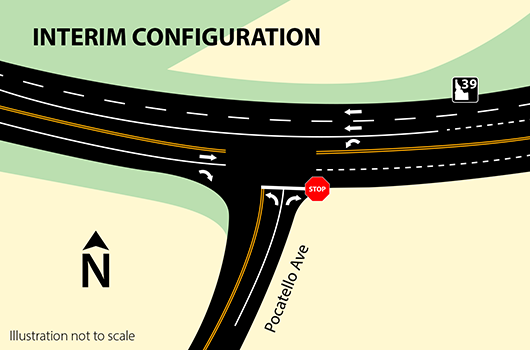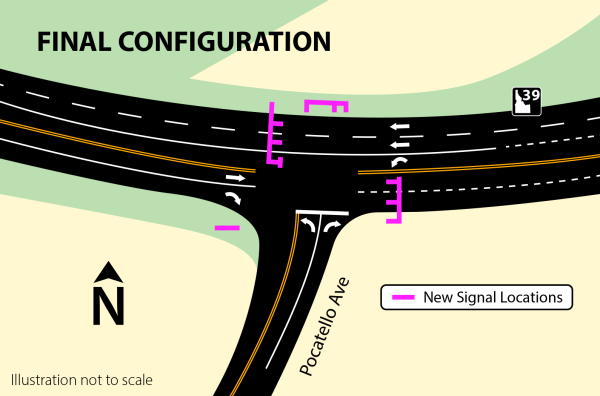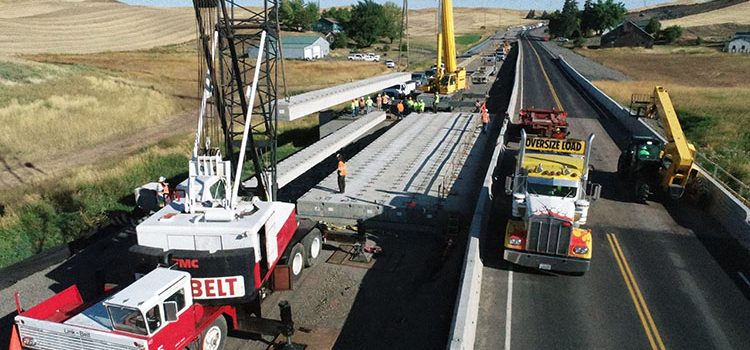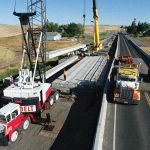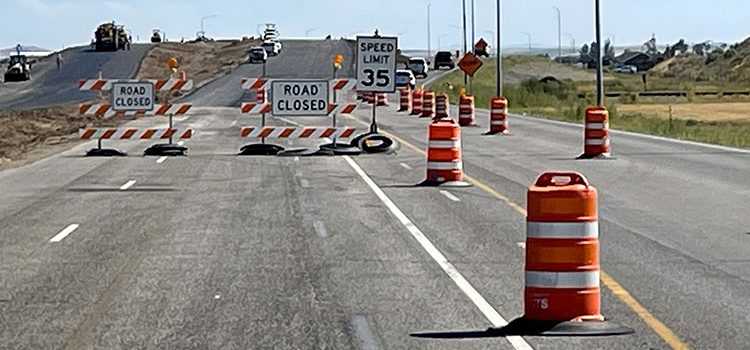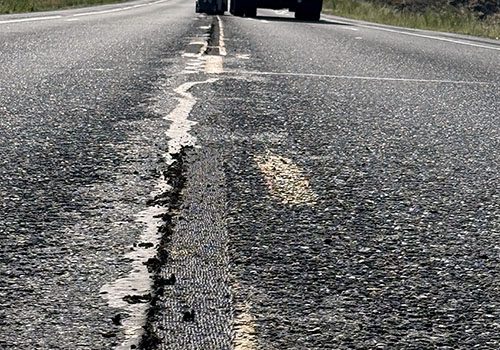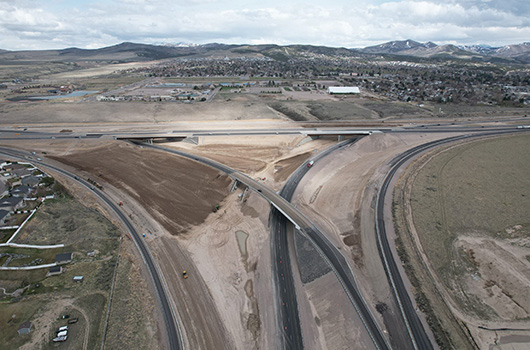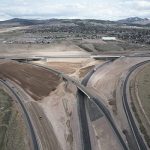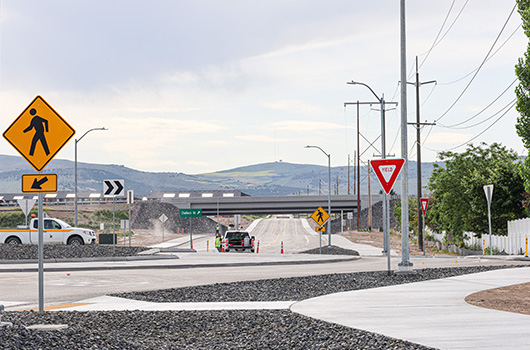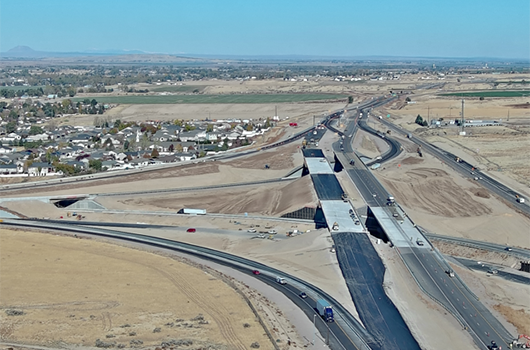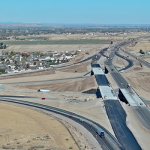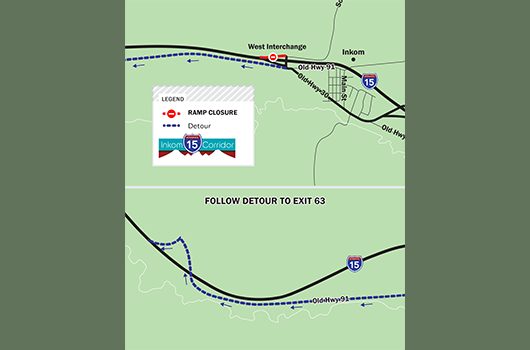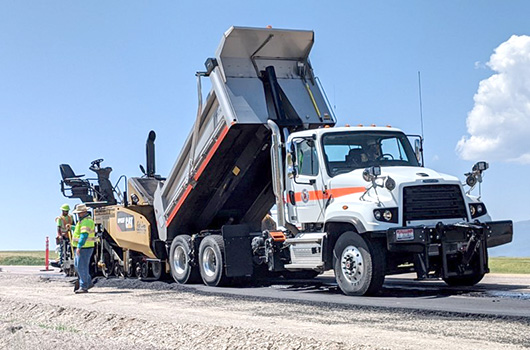Northbound I-15 traffic between the Northgate and Fort Hall interchanges shifts this week
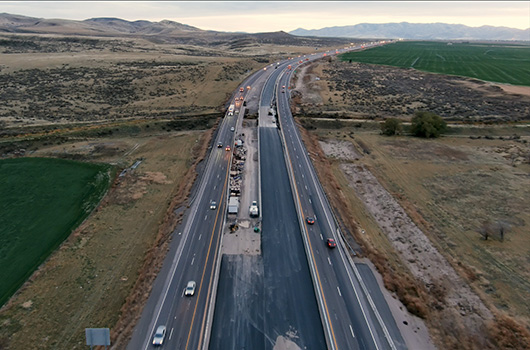
The Idaho Transportation Department will shift northbound Interstate 15 traffic between the Northgate and Fort Hall interchanges (Exits 73 and 80) the night of Wednesday, Nov. 12. Northbound traffic will move into the newly constructed lanes in the median to allow crews to begin work on the east side of I-15.
During the traffic shift, motorists can expect:
- The northbound on-ramp at the Northgate Interchange (Exit 173) will close for a few hours on Wednesday night, Nov. 12.
- Lane closures may occur in the project area.
After traffic is shifted, motorists can expect:
- Two lanes will remain open in each direction on I-15 during the daytime.
- A concrete barrier will separate opposing lanes of traffic.
- Reduced speeds in the work zone.
Once the new northbound lanes are completed in late 2026, crews will complete the southbound lanes on the west side of I-15. Construction on the I-15 Northgate to Fort Hall widening project is anticipated to be completed in 2027. This project is funded by Governor Little’s Leading Idaho initiative and will result in three lanes in each direction on I-15.
For more information and to sign up for email or text updates visit itdprojects.idaho.gov/pages/i15northgatetoblackfoot or call 208-252-5553.
The safety of motorists and construction crews is ITD’s top priority during construction. When driving through the work zone, please stay alert, follow work zone signage and drive the posted speed limit. Drivers are encouraged to plan extra time when traveling through the project area and check 511.idaho.gov or the 511 mobile app for the latest updates on restrictions and delays.


